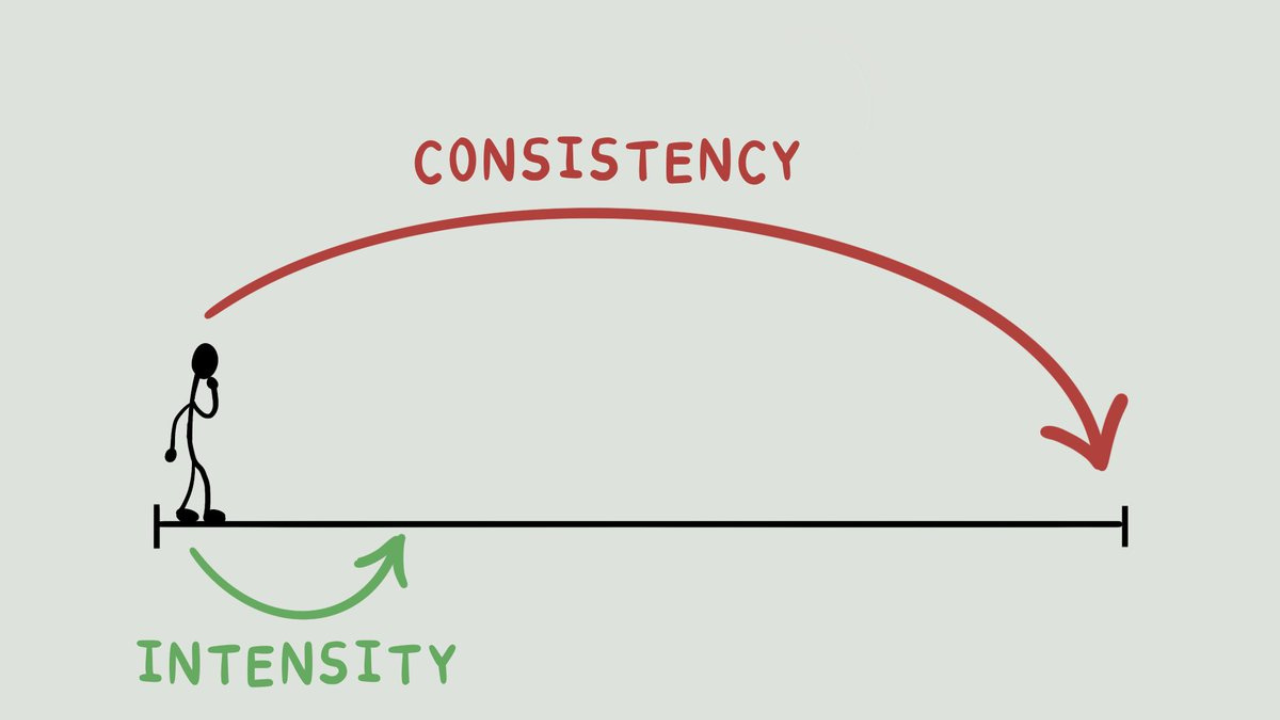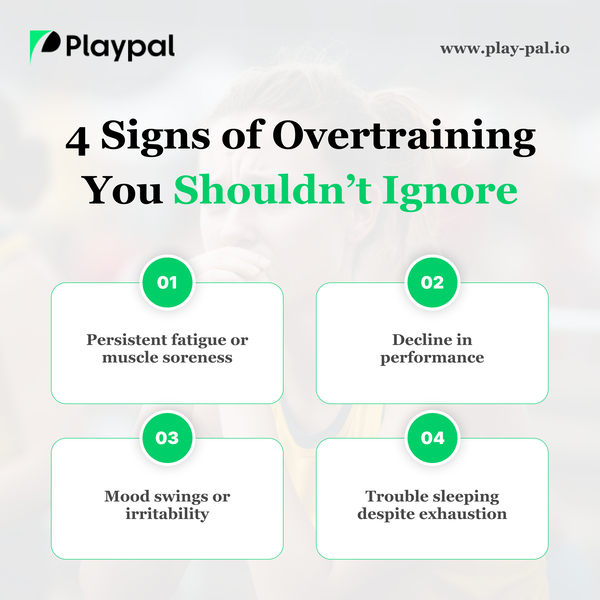In the world of sports and fitness, there’s a common misconception: that extreme intensity is the key to breakthrough results. Whether it's sprinting until you collapse or lifting beyond your limits, intensity often gets all the credit. But ask any elite athlete, performance coach, or sports scientist, and they'll tell you the truth—progress is built on consistency, not intensity.
When it comes to long-term performance improvement, staying committed to small, regular efforts far outweighs infrequent bursts of high effort. Whether your goal is to get stronger, faster, leaner, or simply healthier, the secret lies in building sustainable habits and tracking your progress over time.
Here’s why consistency always wins—and how you can leverage it to achieve your peak performance.
1. The Power of Repetition and Habit Formation
Progress in sports, like in any skill, is a result of accumulated practice. By showing up regularly, you allow your body and mind to adapt gradually. Each session contributes a small but essential step toward mastery. These small steps may seem insignificant on their own, but over time, they compound into noticeable improvement.
Consistency helps form habits. When your training becomes part of your daily or weekly rhythm, it no longer depends on motivation alone. You don’t wait to “feel like it” — it simply becomes something you do.
In contrast, sporadic intense workouts, while impressive in the moment, often lead to burnout or injury. Without a stable routine, your progress becomes unpredictable and harder to sustain.
2. Sustainable Training Is Smarter Training
High-intensity sessions certainly have their place in a training program, but without a foundation of consistent effort, their benefits are limited. Training smarter means understanding when to push and when to recover.
Performance analytics tools help athletes and fitness enthusiasts monitor key metrics like fatigue, heart rate, strength progression, and recovery time. These insights allow you to balance intensity with consistency—ensuring that your workouts are both effective and sustainable.
Consistent training improves your body’s ability to handle stress, avoid injury, and develop endurance. Over time, your performance curve rises steadily, unlike the peaks and crashes of erratic high-intensity workouts.
3. Long-Term Goals Require a Long-Term Mindset
Many people start their fitness or athletic journey with an all-or-nothing mentality. They go hard for a week or two, expecting rapid transformations. When results don’t show immediately, motivation fades.
Consistency shifts your mindset from short-term results to long-term progress. It helps you understand that athletic development is a process, not a quick fix. Whether you’re preparing for a tournament, improving your cardiovascular health, or learning a new sport, lasting success comes from showing up regularly—even on the days when you’re not at your best.
This long-term view encourages resilience. You begin to accept that not every session will feel like a win, but every session counts. Over time, this perspective builds confidence and discipline.
4. Tracking Progress Keeps You Accountable
One of the most effective ways to stay consistent is by measuring your progress. Fitness tracking tools, wearable tech, and mobile apps make it easier than ever to keep tabs on your workouts, improvements, and performance metrics.
When you can visually see your growth over weeks or months, it reinforces your commitment. Even small improvements—like a faster sprint time or a more consistent heart rate—become motivating milestones.
Platforms that offer real-time analytics and virtual coaching go a step further by personalizing your training path. They help you adjust your routines, avoid overtraining, and optimize performance based on actual data.
5. Community and Accountability Matter
Another powerful factor in maintaining consistency is surrounding yourself with people who support your journey. Whether it’s a training partner, a coach, or a sports group, community reinforces accountability.
When you're part of a sports community or fitness network, you're more likely to stick to your routine. Shared goals, peer support, and group challenges all encourage consistency. They remind you that you're not in this alone—and that showing up matters.
Technology now makes it easier to connect with like-minded athletes. From matchmaking tools to local sports communities, finding the right support system can significantly boost your commitment and consistency.
6. Intensity Without Recovery Leads to Setbacks
While intense workouts may feel productive in the moment, they often come with a cost—especially if done too frequently. Without adequate recovery and a well-structured plan, high-intensity training can lead to fatigue, injury, and mental burnout.
Consistency helps you train within your limits and build a strong foundation. It emphasizes recovery, mobility work, and gradual progress. You’re less likely to experience setbacks and more likely to sustain long-term performance growth.
Instead of chasing intensity every day, use consistent training to build towards occasional high-performance efforts—like a game, race, or competition—where intensity is purposeful and well-timed.
Final Thoughts
Consistency may not be glamorous, but it’s incredibly powerful. It turns effort into habit, builds resilience, and delivers results that last. In a world obsessed with quick wins and intense transformations, it’s the steady, reliable commitment to your craft that sets you apart.
Whether you're a beginner or an advanced athlete, remember that every small effort adds up. Regular practice, guided by smart tools like performance analytics and virtual coaching, can help you stay on track and make measurable progress.
Consistency is the foundation. Build on it, and intensity will have its rightful place in your journey—not as the rule, but as the exception that highlights your growth.





Leave a reply